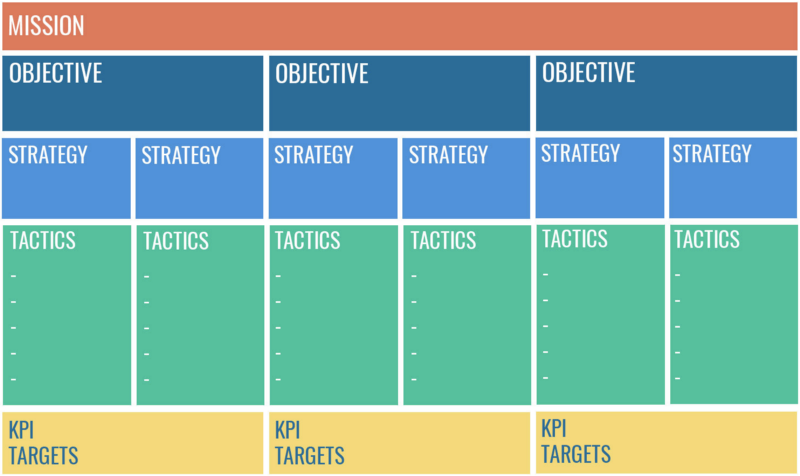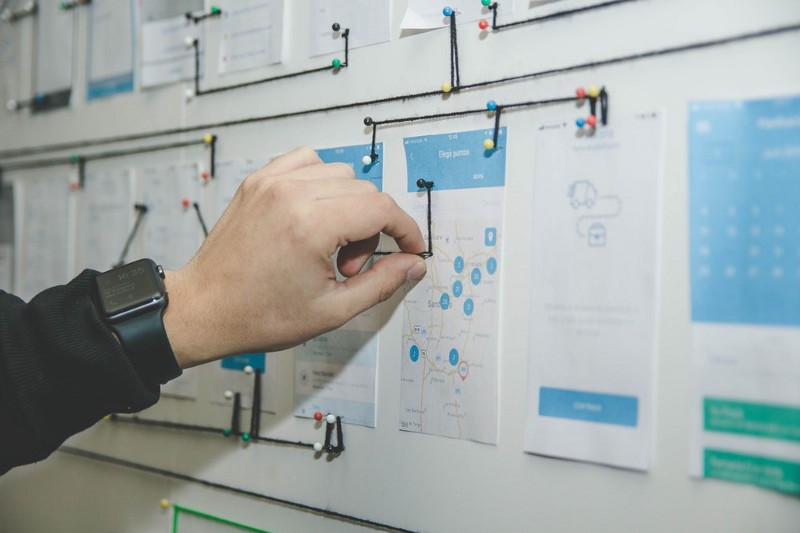
In my first story ‘User Experience is …’ I promised that …
"over the course of a few stories, I’ll try and cover a few of the sciences we draw upon in our art as a creative community to create engaging experiences."
Previously I’ve talked around the many hats that user experience designers need to transition across in order to deliver successful products. In particular around how User Experience is … Product Ownership. Fundamentally we’re all product people, we work in and around products in order to deliver the best experience or service possible. From my experience of working with some great Product Managers, I’m going to take a look at what all product people should own, in order to be product leaders.

A Product Manager, no, a product person should have both a unique high-level understanding of their company’s positioning and strategy, while also being able to manage, work, and communicate effectively when it’s time to build things.
A product person should be able to work with people, and themselves produce detailed, complete work that helps their team move forward. This category of responsibilities is foundational to success as a product person, and should be cultivated first before trying to becoming a visionary product person.
Product management can be thought of as building the knowledge of the now and the next, through 4 key activities:
Building understanding of the next, will develop concepts, strategy and planning. They are about visualising how to get from the business as usual today to being able to engage with customers in a new way, provide a new proposition or diversify the business.
Whereas, developing understanding of the now focusses on implementation and management. It’s rolling your sleeves up, getting your hands dirty, and putting in the hard work to get to the next.
It’s critical to the success of a great product and be seen as a great product leader to be able to visualise and articulate effective solutions to fundamental and core business problems that drive the companies success. This requires reframing of problems and developing different ways to think about problems.
From commercial thinking through service design and to design thinking and everywhere in between. Product leadership you should be able to think in different ways, while feeling the prevailing wind of changes in society . You need to develop the understanding of the value of the product and how the product impacts humanity to have a positive impact on people’s lives. You need to also understand how the product moves the business in the right direction and set the business up to succeed.
The strategy should be based on research and insights and not guesses. Sure we might not know everything, but if you know your audience then we shouldn’t need to guess and make assumptions. We can increase our odds by crafting hypothesis on knowns and not playing the product design lottery.
"guesses make messes”

MOST Framework showing how missions, objectives, strategies and tactics play a part and come together
The strategic product person will be able to tell you the product audience’s age, interests, political preferences, and what they think about the latest season of Game of Thrones. He will also be able to tell you what his company mission is, and what the next 6 months will look like in terms of growth, both with and without a pivot in that timeframe. To form a strong strategic outlook on your product you should do three things:

UI journey pin board, showing links and journeys through screen designs
After you’ve built up and visualised a vision of your product, it’s value and positioning in the overall market, it’s time to plan how you’ll get to that visualisation of your product. You might need to build a closer vision or view of your product and then continue to break that down into even more immediate concrete initiatives that will move you closer to those goals. The “Planning” responsibilities of a product person are as follows:

Working through solutions on laptops and sketching on paper
Prepare the right documents at the right level of detail for your team to work on, understand your products logic better than anyone else, and resolve ambiguity quickly. Build knowns into the team and reduce uncertainty for those things on the horizon. Share knowledge and certainty both inside the team and also outside the team with stakeholders. These are the key implementation responsibilities of the product person:
"People don’t buy what your selling, but why you’re selling it"

As stated before, management is the key backdrop of everything a product person does. To make things happen, you need to motivate up (to your seniors and key stakeholders) and motivate down (to your team) to make sure that everyone is happy with the objectives you are setting for your team.
"Learn fast
You should strive to both fill yourself out as a team contributor and a manager, and also research and learn about the deeper strategies that will be progressing over the long term to make sure that your product. And ultimately you can be the key player that helps your team find value in their work, and your business reach the metric of success they are looking for.
Get the inside track from Google and listen to their Principals of Product Design audio book.
Next up related to Product Management is some more information on lean roadmapping and how UX plays its part in defining an ever evolving and insight driven roadmap.
Originally written as part of the ‘User Experience is …’ series for UX Collective.